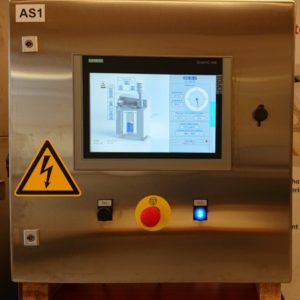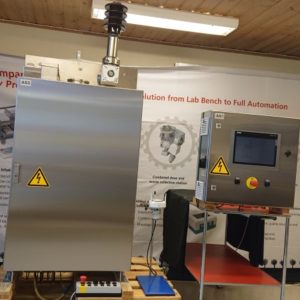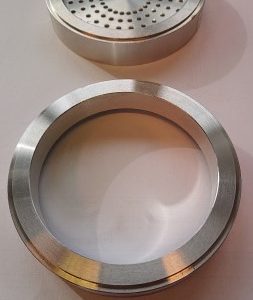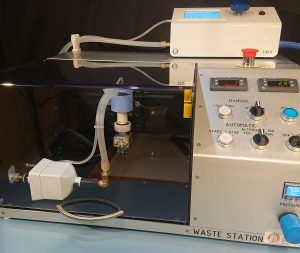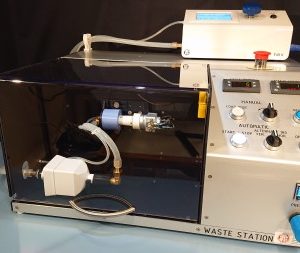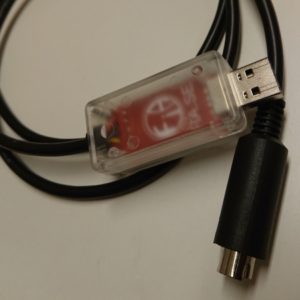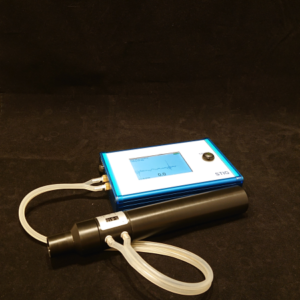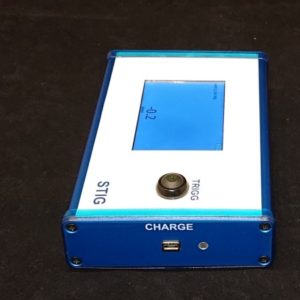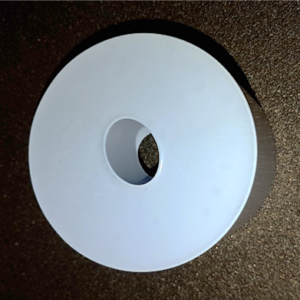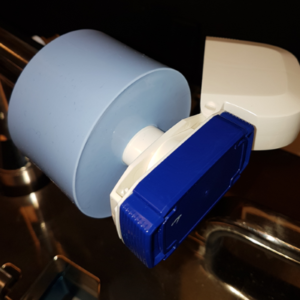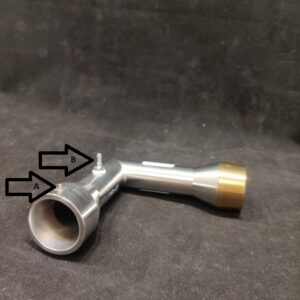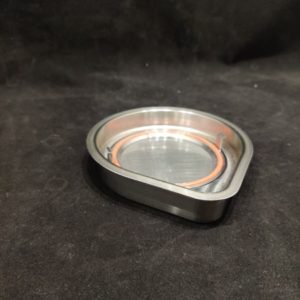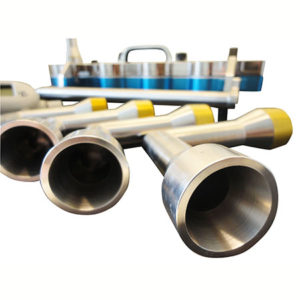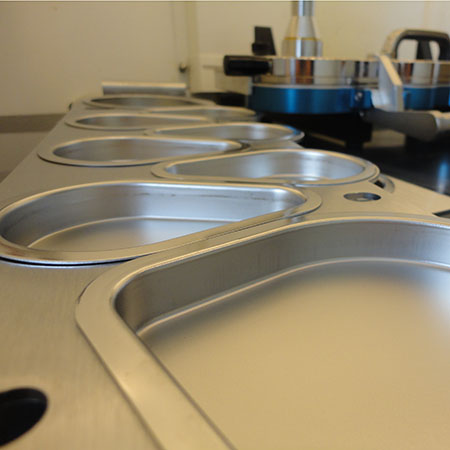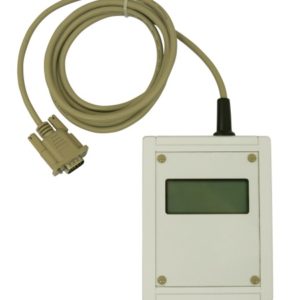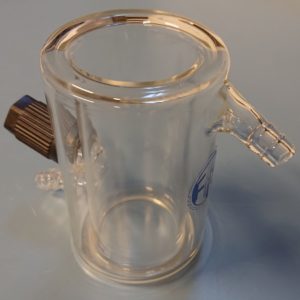Automated Salt Deposition Monitor (ASDM)
Insulator flashover happens when soluble and/or non-soluble contaminants cover the insulator surface which results in a reduction of the surface resistance [1]. FIA’s ASDM helps to predict the contamination level on the outdoor ceramic insulators surface. This can help as a mean to warn overhead lines operators about the advent of insulator flashover.
The ASDM consists of an equipment with a pilot insulator exposed to the same condition as the operational insulators in a, e.g., converter station. Many stations are situated in demanding areas, typically close to a shore line. By frequently automatically monitoring the Equivalent Salt Deposit Density (ESDD) it helps the operators to understand the build-up of contaminants on the insulator surface. The ASDM also measures wind and wind direction, enabling it to give a prognosis of potential flash over conditions.
The equipment is class IP64 and all outdoor parts are compatible with the demanding environment, such acid proof steel AISI 316, equivalent to corrosivity class C5-M.
The user interface for monitoring and control may be positioned remotely in an adjacent building.
The equipment is a modernized version of historical constructions installed at, e.g., nuclear power plants. FIA’s equipment has passed detailed technical reviews by demanding customers and our service team has passed the high security screens and made installations at restricted locations.
Request a quote or send a line to i@fia.se and we can tell more.
1. Abdelrahman K. Abouzeid, Ayman El-Hag & Khaled Assaleh (2018) Equivalent Salt Deposit Density Prediction of Silicone Rubber Insulators Under Simulated Pollution Conditions, Electric Power Components and Systems, 46:10, 1123-1133, DOI: 10.1080/15325008.2018.1488303

